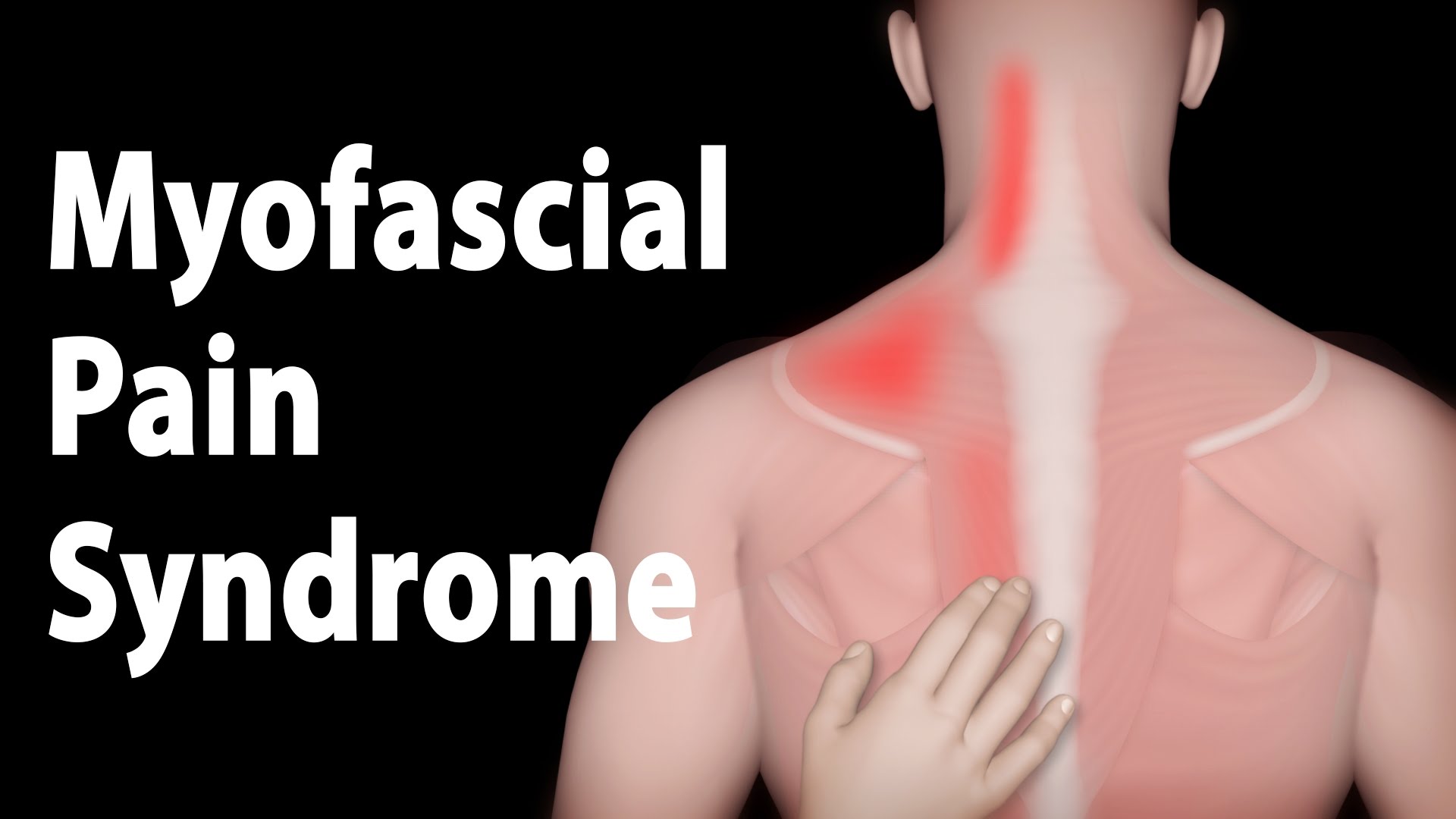Myofascial pain is a condition affecting muscles and connective tissues. Usually caused by repetitive stress on the muscle, it is characterized by the development of trigger points, which when pressed cause referred pain, which can occur in unrelated parts of the body. These points are commonly called knots, and are more likely to appear in parts of the body that are very frequently subjected to tensions and strains. Myofascial pain is increasingly common, and while not especially dangerous, it is very uncomfortable and severely reduce both productivity and enjoyment of life.

As a soft tissue condition, myofascial pain can be harder to diagnose and treat: trigger points don’t come up on x-rays, for example, and identifying them often relies on patients’ description of their experience rather than on a rigid and specific taxonomy. Typically, a trigger point can be felt as a hard nodule or band on the body; touching it can elicit tenderness as well as local or referred pain. To diagnose an area as a trigger point, physicians and practitioners have to rule out infection, trauma, or other neurological causes of pain.
Trigger point therapies are common across many different practices. As it has been proven that the insertion of needles in muscle can relieve tensions and accelerate healing, dry needling techniques have become popular among physiotherapists; acupuncturists, however, rightly object to this practice, as it does not require the level of in-depth training and understanding of the body that is necessary for their practice. Acupuncture, then, is a safer and more holistic treatment for these soft tissue conditions than dry needling.


Other effective approaches include trigger point massage and electrotherapy. These techniques target the affected area directly, and provide both short and long term relief. Electrotherapy can be used with needles, but also with pads; it provides a rumbling sensation that deeply relaxes the muscles, and that can be helpful in getting rid of knots. Trigger point massage operates much the same way, and it can be done with a wide variety of instruments, including pointers, massage balls and a wide variety of massage tools.
Practitioners will often use pain relieving gels, oils, lotions and balms for these treatments, which will typically provide a deeply penetrating cooling or heating sensation.
Though these therapies are varied, they all provide a similar effect: myofascial release. This term refers to knots clearing away either partially or completely, effectively relieving or even curing a symptom of the condition. It’s unclear how exactly this process works, in that the mechanism for breaking down the problematic connective tissue is unknown; it has however been observed in clinical settings.

